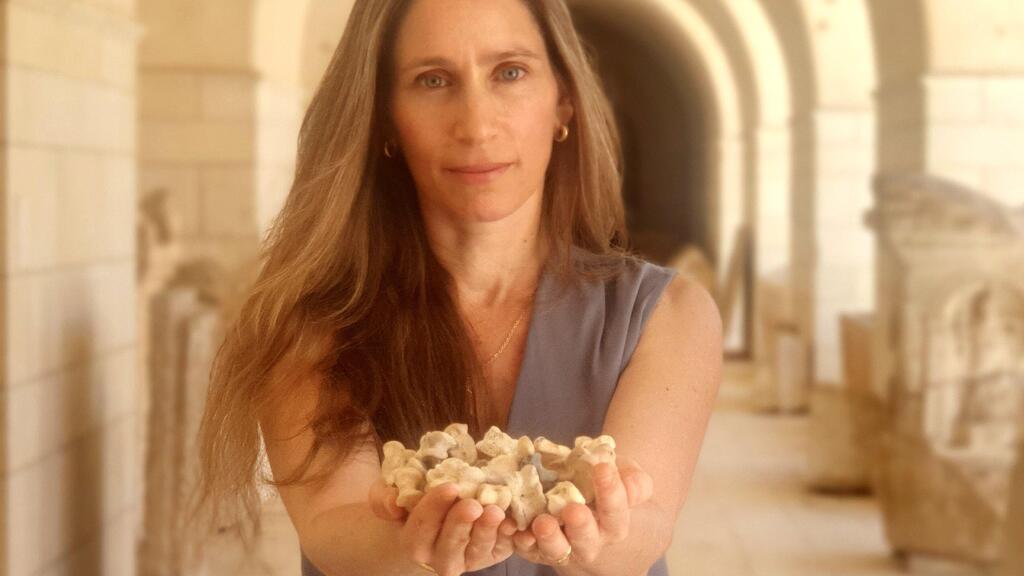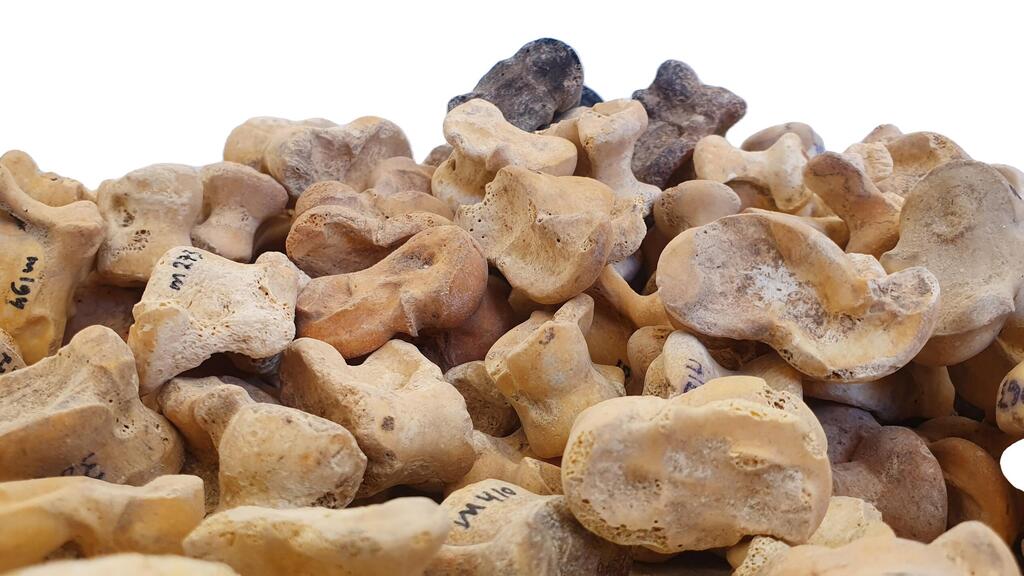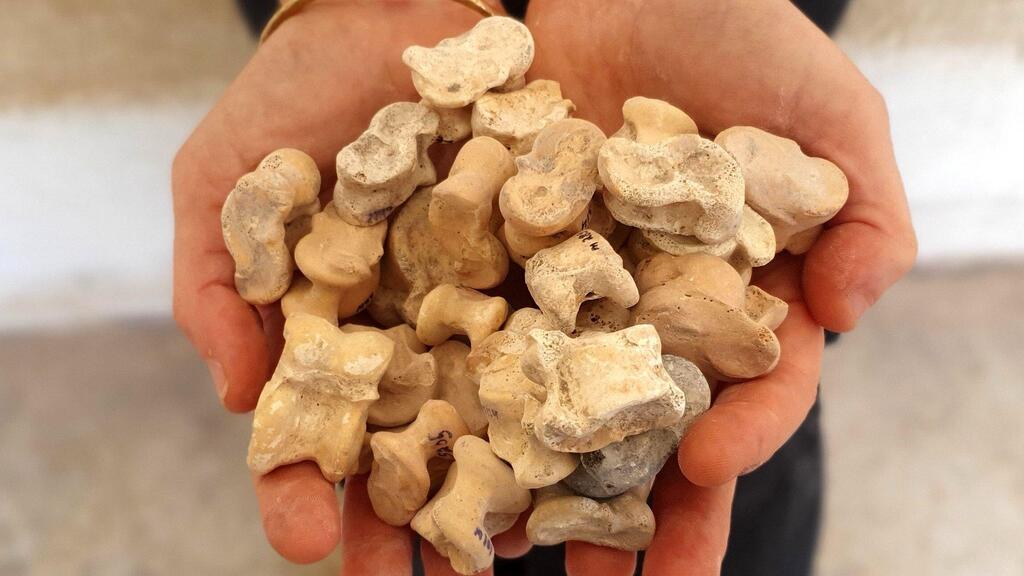A rare collection of dice made of bone from approximately 2,300 years ago has been uncovered by archeologists in central Israel, it was revealed Tuesday.
The collection, unearthed at Bet Guvrin National Park by Dr. Iann Stern, is believed to be from the Hellenistic period.
The Israel Antiquities Authority said the collection is made up of 530 items made from sheep and goat knucklebones, which resemble playing dice in its shape and were likely used for playing and religious rituals. Some of the dice were sanded, pierced and filled with lead to optimize throwing.
Dozens of the bones are inscribed with Greek letters, including the names of gods and goddesses like Aphrodite, goddess of love and beauty, Eros, the god of love, and others like Hermes, Hera, and Nike – the goddess of victory.
Some other writings on the bones include instructions for playing with the dice, as well as words like “thief”, “prisoner” and more.
Dr. Lee Pri-Gal, an archeologist and zoologist at Israel Antiquities Authority, said the findings are "very rare in both quality and quantity of the inscriptions on the bones."
"The collection indicates that in times of doubt, humans were searching for answers through external forces, like magic and gods. In ancient times, people – and women in particular - dealt with constant uncertainty, death from childbirth and other health issues, and tried to defend themselves using magic. It’s also known these dice were used for playing.
“Since these dice were considered lucky charms, people would place them at the entrance to their home, hoping they would bring them luck.”
According to Dr. Pri-Gal, “This site was one of the centers of the southern Levant. Many different cultures lived side by side and influenced each other there under Hellenistic rule like Edomites, Phoenicians, Nabataeans and Jews.”
Head of the Antiquity Authority Eli Askozido said: “The fascinating discovery sheds light on lives of people during the ancient era, and reminds us the people are people; they hope, dream, face difficulties as well as play and have fun.”
Research on the findings was published in the Levant, an international peer-reviewed, multi-disciplinary journal publishing papers on the archaeology and history of the Levant region. The paper credits Dr. Lee Pri-Gal from the Antiquity Authority, Prof. Adi Erlich from Haifa University, Dr. Avner Acker from Bar-Ilan University and Dr. Iann Stern from Hebrew Union College.




